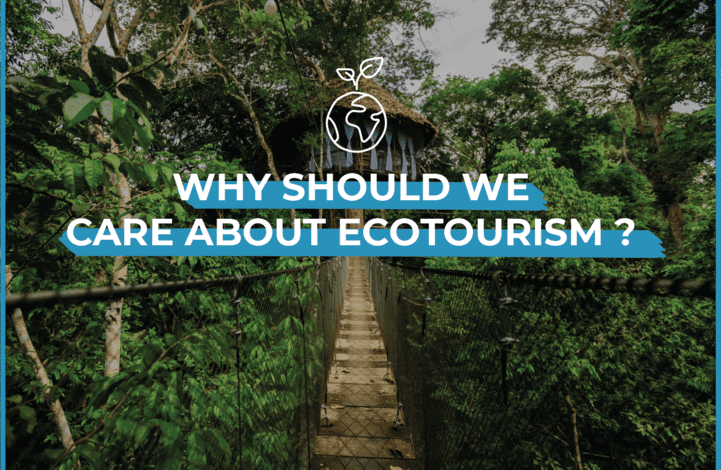In today’s fast-paced world, it’s easy to feel overwhelmed and stressed out
We are constantly bombarded with emails, notifications, and social media updates, making it difficult to disconnect and find peace. This is why the concept of a digital detox is becoming increasingly popular. A digital detox involves taking a break from technology and disconnecting from the digital world, allowing us to recharge and find serenity
One way to achieve a successful digital detox is by traveling to remote destinations where there is little to no internet or cell phone service. This allows us to disconnect from technology and immerse ourselves in nature and other experiences
Here are some of the benefits of a digital detox:
- Improved mental health Constant use of technology can contribute to anxiety, depression, and other mental health issues. A digital detox allows us to take a break from the stressors of technology and focus on our mental health.
- Increased creativity When we’re constantly connected to technology, our minds can become cluttered and overwhelmed. A digital detox allows us to clear our minds and tap into our creativity.
- Better sleep Using technology before bed can disrupt our sleep patterns, making it difficult to get a restful night’s sleep. A digital detox can help us establish a healthier sleep routine.
- Greater appreciation for nature Disconnecting from technology allows us to fully immerse ourselves in nature and appreciate the beauty around us. This can help us develop a greater appreciation for the natural world and our role in preserving it.
Here are some tips for planning a successful digital detox trip:
- Choose a remote destination Look for destinations that are remote and have limited internet or cell phone service. This might include national parks, remote islands, or mountain retreats.
- Plan activities that don’t involve technology Plan activities that allow you to disconnect and enjoy nature, such as hiking, camping, or kayaking. You can also try yoga, meditation, or other mindfulness activities.
- Set boundaries for technology use If you can’t completely disconnect from technology, set boundaries for when and how you use it. For example, limit your technology use to certain times of the day or use it only for emergencies.
- Bring a journal or a book Bring a journal or a book to help you pass the time and reflect on your experiences. This can help you stay focused on your digital detox goals and provide a way to document your journey.
In conclusion, a digital detox can be a powerful way to recharge, improve mental health, and reconnect with nature. By choosing a remote destination and planning activities that don’t involve technology, we can unplug and find serenity in the natural world.


